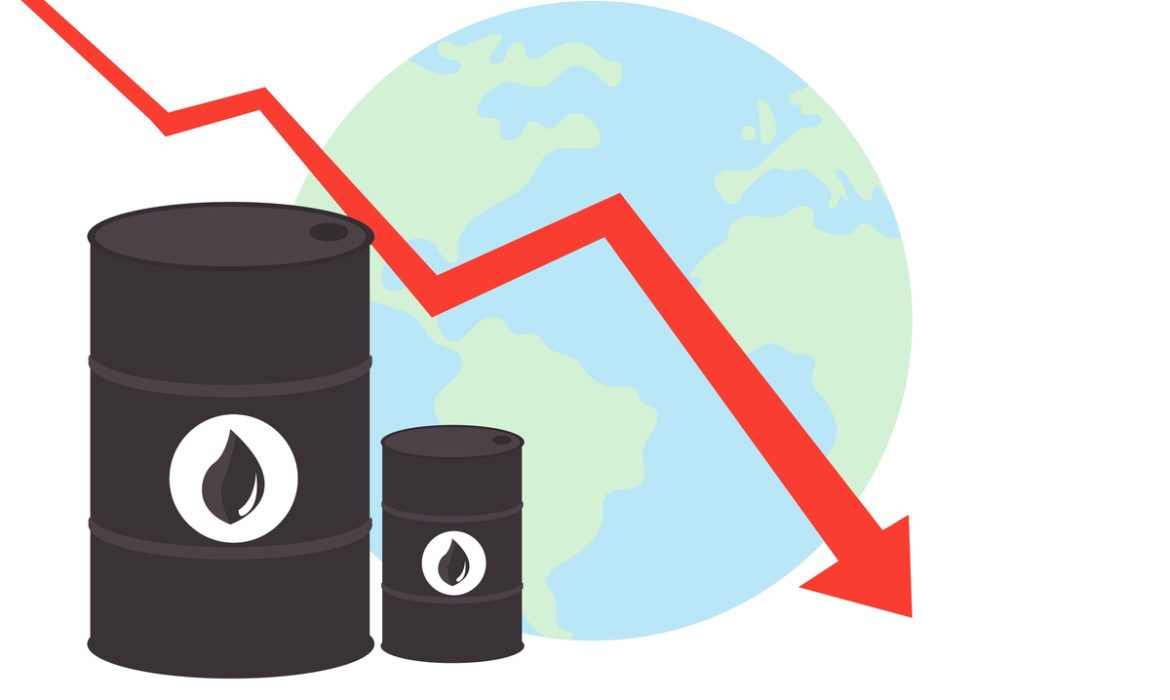Potential concerns that Iranian supply is returning and inflation fears led oil prices to drop for a second day on Wednesday. Investors worry that inflation fears might prompt the U.S. Federal Reserve to raise interest rates as this would limit economic growth.
According to Westpac senior economist Justin Smirk, there is a wider risk-off play that’s going on. That was after oil prices fell and stock markets slumped as investors sold out of more speculative assets, he said.
He said speculation that the Federal Reserve might raise rates because of inflation fears weighed on the outlook for growth and in turn on commodities demand.
The Fed’s very serious (about holding rates low), but the market’s speculating about earlier movement, Smirk said.
The U.S. central bank has signaled that interest rates will stay at their current low levels through 2023. This is though futures markets show that investors believe rates may start to be raised by September 2022.
U.S. Crude and Products Stocks Data
At 0241 GMT and following a 1.2% fall on Tuesday, the U.S. West Texas Intermediate (WTI) crude futures dropped 73 cents, or 1.1%, to $64.76 a barrel.
Also falling 73 cents, or 1.1%, to $67.98 a barrel were Brent crude futures. This came after a 1.1% drop on Tuesday.
Reports have indicated progress on talks between the United States and Iran to revive a deal limiting its nuclear program. This could lead to a lifting of sanctions and a resurgence of Iranian oil exports. This report has weighed on oil prices.
In a note, Commonwealth Bank commodities analyst Vivek Dhar said that in the most bearish case for oil prices, around 1.5% of global oil supply could come online in under 6 months. They think any increase in Iranian oil supply though, will likely be more gradual, the note said.
The latest U.S. crude and products stocks data from the U.S. Energy Information Administration which investors await is due on Wednesday.
On Tuesday, data from the American Petroleum Institute showed crude inventories rose by 620,000 barrels in the week ended May 14. Gasoline inventories fell by 2.8 million barrels. Moreover, distillate stocks fell by 2.6 million barrels, according to two market sources.
On average, analysts had estimated the rise in crude stocks to be less than the 1.6 million barrel rise, based on a poll. On the other hand, the declines in gasoline and distillate stocks were bigger than expected.
















